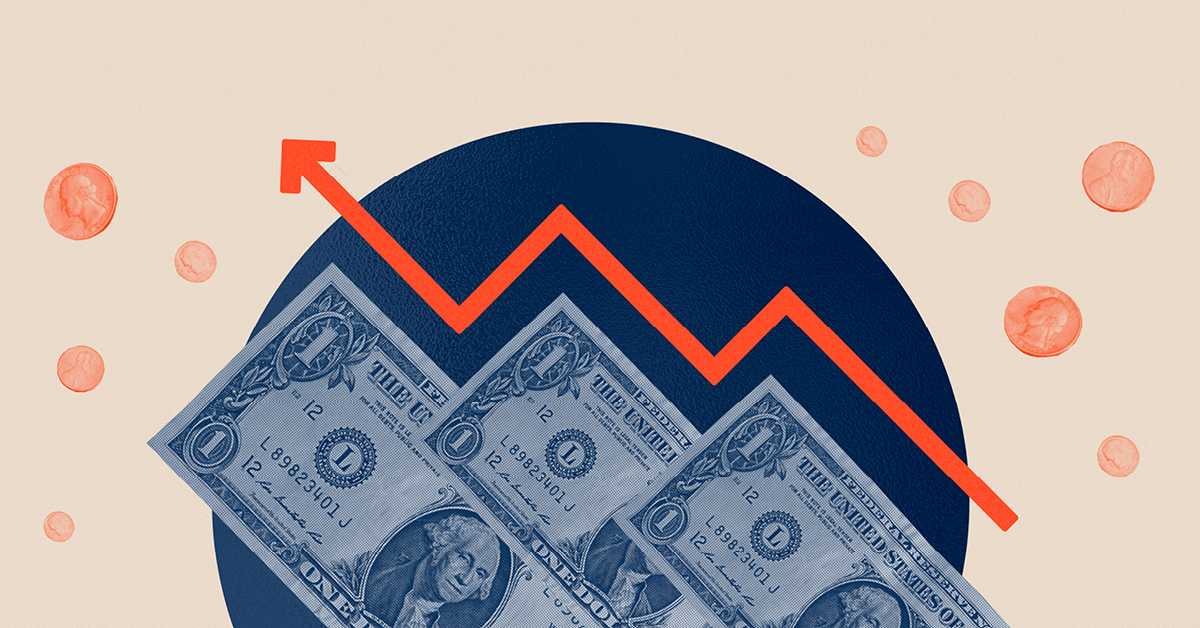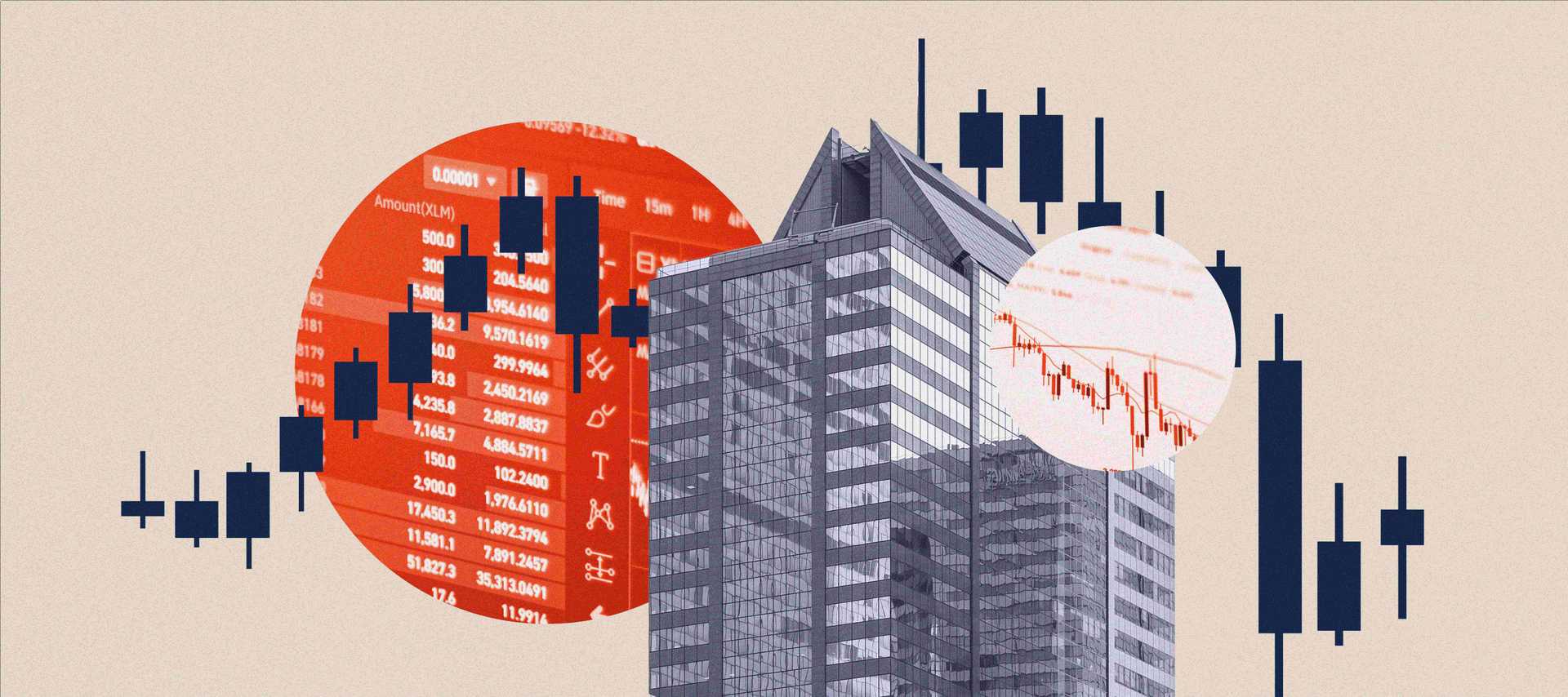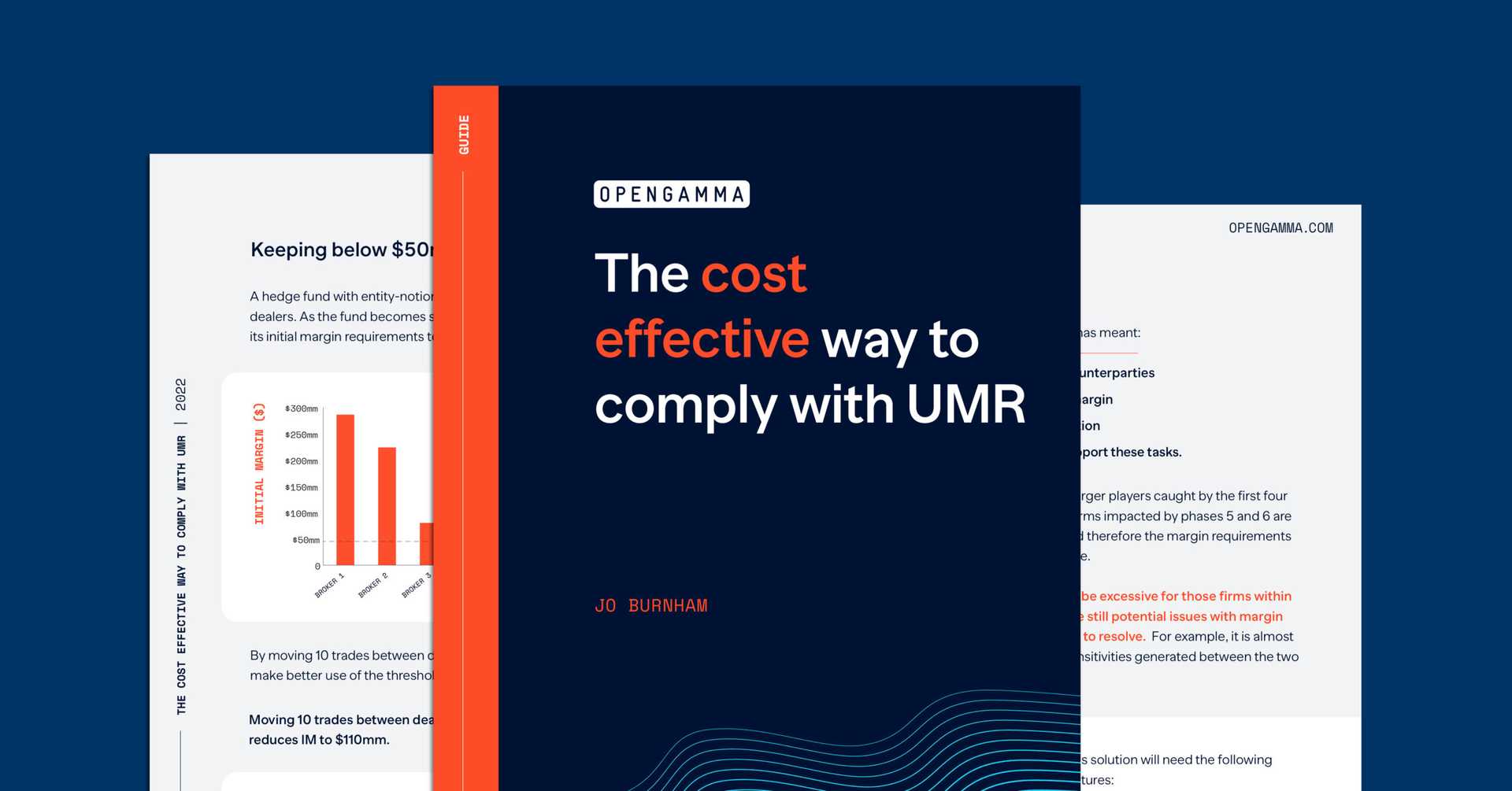The Bank of England’s Prudential Regulation Authority (PRA) has carried out a review of the use of the ISDA SIMM model. With the introduction of UMR Phase 6 fast approaching, we discuss what impact this intervention might have on margin requirements under the new regulation.
Conclusion of the PRA review of the ISDA SIMM model
The PRA conducted a review of the SIMM model – the algorithm that most counterparties are expecting to use to calculate Initial Margin. Its conclusion was that in the volatile markets created by the combination of COVID and the invasion of Ukraine, as well as more specific events such as the Archegos default, SIMM may not provide cover for risks at the required 99% confidence level.
What are the PRA expecting?
The PRA is mandating all UK banks and subsidiaries under their governance to review their SIMM exposures for phase 6. They are particularly concerned about hedge funds, although this would cover any counterparties being brought into UMR.
The banks will need to have in place mechanisms for determining if SIMM is covering worst case risk, including backtesting against observed losses. And if the margin calculated isn’t sufficient they will have to do something about it.
Impact of the PRA review of the SIMM model on margin requirements
Banks will need to include some form of “top up” in their margin to cover any shortfalls found in the requirements calculated under SIMM. There are a number of ways that this could be achieved, for example:
- Taking the greater of the SIMM number and the margin calculated using their own PB methodology.
- Applying a multiplier to the SIMM margin, similar to those used in the ETD world, which were increased at times recently to cover heightened volatility.
- A combination of both of the above (a multiplier applied to the higher of the SIMM or PB model).
Whatever method is chosen, the result of the PRA review of SIMM is likely to be increased margin. Not only will this impact funding requirements, it will also make it harder for firms to stay under the $50 million threshold, below which margin need not be exchanged. Margins will be higher so the threshold will be reached more quickly. And they could also be more unpredictable as the add-ons applied could vary depending on the results of back testing.




